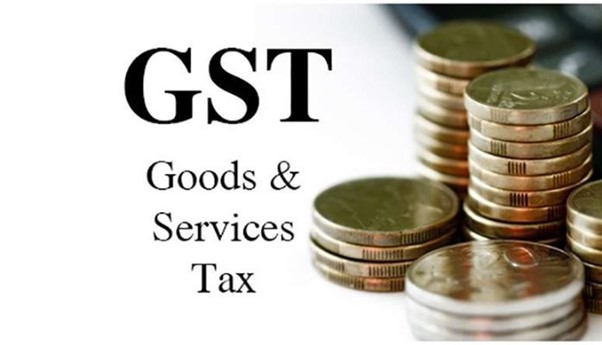After being subject to months of haggling and histrionics, the Goods & Services Tax (GST) finally had its historic day in the Rajya Sabha with the passage of the Bill to amend the Constitution, paving the way for what is popularly referred to as the concept of “one nation, one tax.”
Barring the AIADMK, which staged a walkout on the plea that it violated federalism, all others, including the Congress, voted for the Bill.
There are still many steps to the GST becoming a reality however, the Central Government is insisting that it will stick to 1 April 2017 deadline.
Salient features of proposed Indian GST system:
- The power to make laws in respect of supplies in the course of inter-State trade or commerce will be vested only in the Union government. States will have the right to levy GST on intra-State transactions including on services.
- Centre will levy IGST on inter-State supply of goods and services. Import of goods will be subject to basic customs duty and IGST.
- GST defined as any tax on supply of goods and services other than on alcohol for human consumption.
- Central taxes like, Central Excise duty, Additional Excise duty, Service tax, Additional Custom duty and Special Additional duty and State level taxes like, VAT or sales tax, Central Sales tax, Entertainment tax, Entry tax, Purchase tax, Luxury tax and Octroi will subsume in GST.
- Petroleum and petroleum products i.e. crude, high speed diesel, motor spirit, aviation turbine fuel and natural gas shall be subject to the GST on a date to be notified by the GST Council.
- Provision for removing imposition of entry tax / Octroi across India.
- Entertainment tax, imposed by States on movie, theatre, etc will be subsumed in GST, but taxes on entertainment at panchayat, municipality or district level to continue.
- GST may be levied on the sale of newspapers and advertisements and this would give the government’s access to substantial incremental revenues.
- Stamp duties, typically imposed on legal agreements by the state, will continue to be levied by the States.
- Administration of GST will be the responsibility of the GST Council, which will be the apex policy making body for GST. Members of GST Council comprised of the Central and State ministers in charge of the finance portfolio.
Two components:
The GST will have two components keeping in mind the federal structure of India: the Central GST (CGST) and the State GST (SGST).
The shift to the GST regime will lead to a uniform, seamless market across the country. It will be a uniform rate, will check evasion, and boost growth rates.
Impact of GST:
It is difficult for a large and diverse country, with such variations in the economic characteristics of its States, to undertake what is being termed as a game changer among reforms. The hurdles are not over yet, with 50 % of State Legislatures to clear it, for the constitutional amendment to be completed. The impact of this will take another two years to show on the ground, but the country should not lose patience. When the VAT regime was implemented, for two years, the States incurred heavy losses, after that, every year, most States have seen a 15-20 % growth in revenue. The impact of GST will also unspool similarly.
Most analysts suggest that from a macro-economic perspective, while the short-term impact of GST could be mixed, the long-term impact will be positive.
While it is difficult to quantify the impact on various sectors until the government announces the final GST rate, analysts and economists are assuming a standard rate of 17-18%.
If that happens, then companies in the manufacturing sector are expected to benefit, while those in the services sector stand to lose.
AUTOMOBILES: Largely positive for demand, as it will lead to a 10-17 % fall in prices, assuming an 18 % GST rate. Margin benefits to accrue for tractors, as these can claim set-off against taxes paid on input. Organised battery and other spares would become more cost competitive and gain market share.
FMCG: GST will be positive for household and personal care space, as the effective tax rate reduces by 200-500 basis points (bps), apart from reducing warehousing and logistical requirements. However, working capital for retailers, and additional tax rates for jewellery and cigarette manufacturers are negatives.
LOGISTICS: Passage of GST will lead to elimination of central sales tax and inter-state value-added tax arbitrage possibilities. This will lead to consolidation of warehouses and increased efficiencies in the logistics chain.
INFRASTRUCTURE: Clarity on works contract taxation is the key benefit for the sector. This could reduce litigation, as it eliminates the difference between sales and services.
CONSUMER DURABLES: Consumer durables will benefit from improved logistics. Direct benefits up to 200-300 bps in cost savings may accrue. A significant portion of direct benefits will be passed on to end consumers because of a highly competitive market.
OIL & GAS: Key petroleum products like crude, natural gas, high speed diesel and ATF have been kept out of GST. Clarity is awaited for others. Compliance costs are likely to rise because of dual indirect tax mechanism.









